Dental plaque formation, causes and care

Teeth of celebrities in TVs and films appear white. But teeth of many people appear yellow in colour. Many suffer from dental problems. However, the causes and treatment for these problems lies in our hands. With little care and precautions you can get over dental problems. Let us learn how teeth are formed, problems that occur with teeth and gums, what precautions should be taken and what food to take.
 Construction of teeth
Construction of teeth- Teeth are the strongest part of our bodies. They are built with strong material similar to our bones. Each tooth is made up three layers: Enamel, Dentine and pulp.
- Enamel is the outermost layer of the tooth. It is partly white and transparent. It gives hardness to the tooth. It is harder than iron, which is made of the same elements.
- Dentine is under the enamel, the second layer on the tooth. It is made of the same cells as bones. This is also hard. It is light yellow in colour.
- Pulp is the soft, innermost layer of the tooth, that is made of living cells. It helps in keeping the teeth and gums together. Blood vessels and nerve endings are embedded in the pulp. Blood vessels supply nutrients and minerals to help in the growth of teeth and to keep them healthy.
What is root canal?
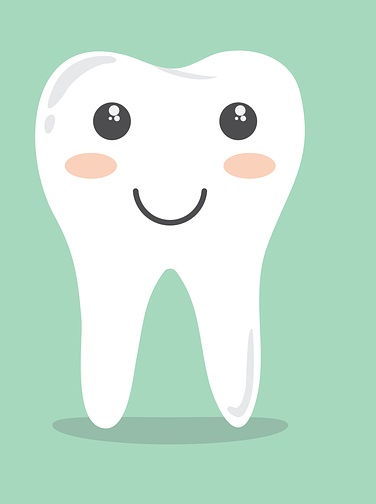 The upper part of the teeth that is seen is called 'crown' and the lower part, which is embedded in the gums is called root. There is a hollow running from the centre of the crown, vertically, to the root of the tooth, called root canal. The root canal is made of soft tissue called pulp, in which the blood vessels and nerve endings are placed.
The upper part of the teeth that is seen is called 'crown' and the lower part, which is embedded in the gums is called root. There is a hollow running from the centre of the crown, vertically, to the root of the tooth, called root canal. The root canal is made of soft tissue called pulp, in which the blood vessels and nerve endings are placed.Cavities
When the food that we eat remains between the teeth or in corners of the mouth, bacteria thrives there. This changes to plaque and it produces some acids. They erode the enamel on the teeth, causing holes. These enlarge into cavities. If cavities are neglected, teeth get completely destroyed and fall away.
Toothache
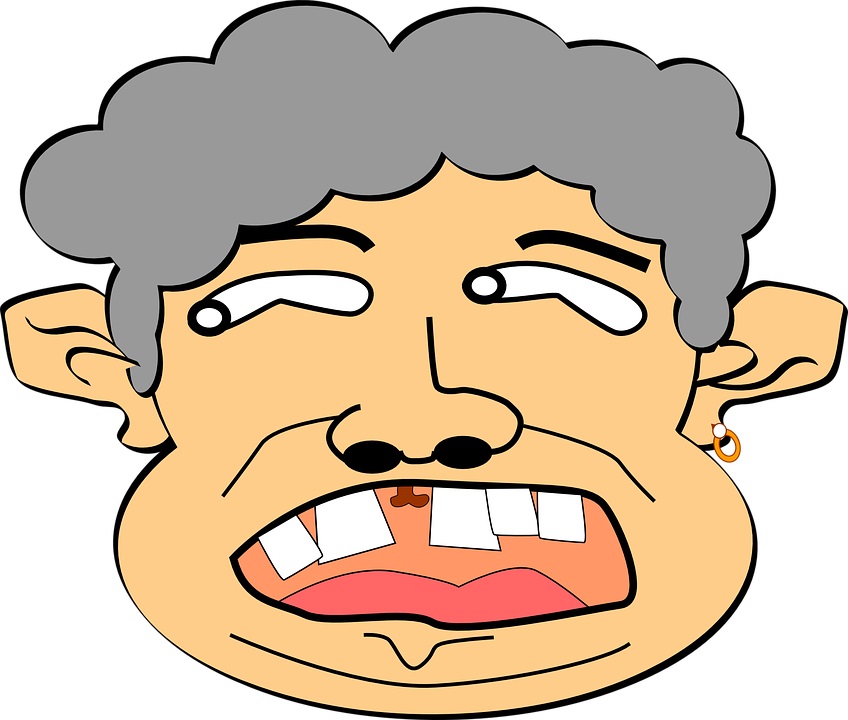 If teeth are strong like bones, why do they ache sometimes? Enamel is the only layer that is hard and firm in teeth. The inner layers are made of living cells. When cavities are formed, enamel is destroyed and the hot and cold substances that we consume, affect the dentine and pulp directly. Nerve endings that absorb the sensations, send messages to the brain, causing pain.
If teeth are strong like bones, why do they ache sometimes? Enamel is the only layer that is hard and firm in teeth. The inner layers are made of living cells. When cavities are formed, enamel is destroyed and the hot and cold substances that we consume, affect the dentine and pulp directly. Nerve endings that absorb the sensations, send messages to the brain, causing pain.Root Canal treatment
If cavities are formed in deeper layers like dentine, then this means serious damage has been done to the teeth. As both the hard layers of the teeth have holes in them, bacteria can easily reach the pulp. They get infected and swell, causing severe pain. The infected teeth gradually develop cracks. When food is chewed, these cracks move about, putting pressure on the gums and pulp. The infected pulp is removed and replaced with a rubberised material, in root canal treatment .A hole is made at the top of the tooth, in order to remove the infected pulp. After filling with a rubberised material, the tooth is firmly capped.
Diseases of the gums
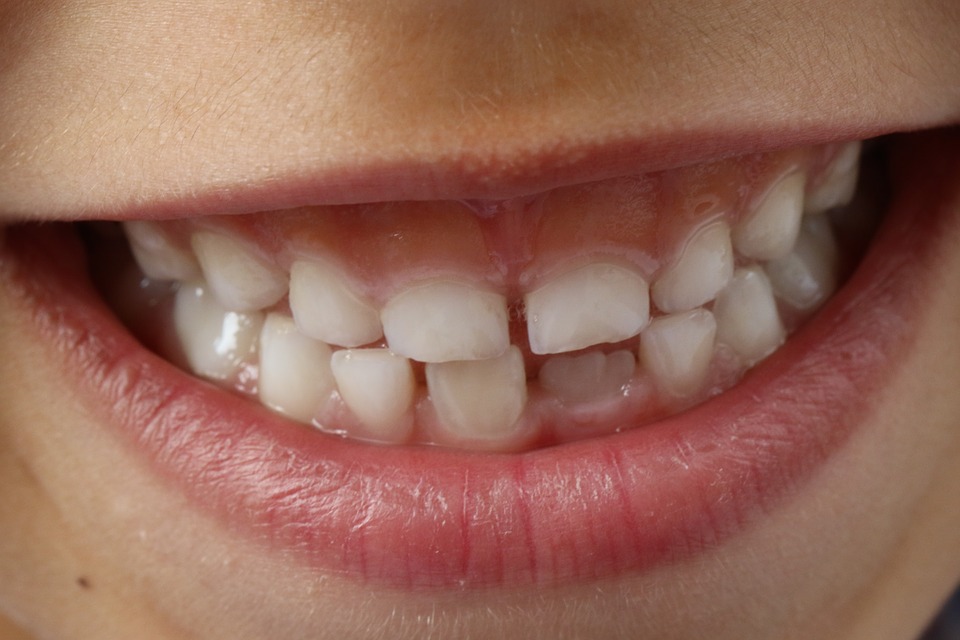 Bacteria and plaque, growing inside the mouth, enter the lining of the gums, causing infection. This leads to swollen gums and pain. When the gums are infected, the body tries to fight the infection. But sometimes, instead of the bacteria, the anti-bodies work on the living cells in the gums, causing disease of the gums.
Bacteria and plaque, growing inside the mouth, enter the lining of the gums, causing infection. This leads to swollen gums and pain. When the gums are infected, the body tries to fight the infection. But sometimes, instead of the bacteria, the anti-bodies work on the living cells in the gums, causing disease of the gums.- When hard substances are chewed, the gums are affected. If these wounds are neglected, they lead to infection.
- When gums are swollen, their grip on the teeth is loosened. When something is chewed, the teeth move about and cause pain. Cold or hot liquids wash over the space between the teeth and gums, causing severe pain. Several kinds of medicines and lotions are available to treat gum problems.
Why teeth turn yellow?
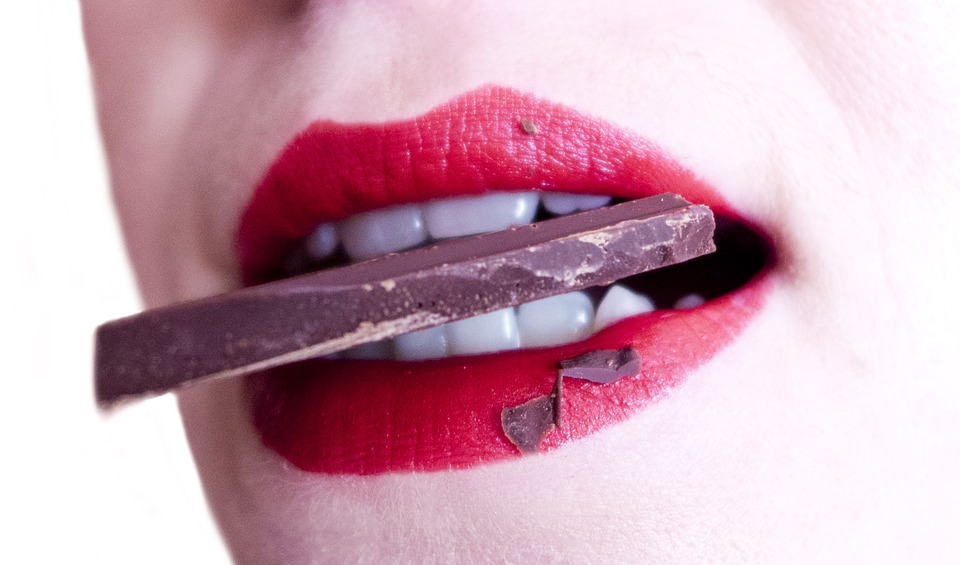 There are many reasons why teeth turn yellow. The teeth are affected by many things, from our food to the diseases we suffer. Normally, the uppermost layer, enamel is half white and half transparent. Dentine is light yellow in colour. If the enamel is thick, teeth look white. If it is thin, the teeth look yellow. Enamel reduces in thickness with age. As such teeth look yellow. Added to this, enamel gets stained due to negligence in hygiene. This is described in two ways, as extrinsic and intrinsic.
There are many reasons why teeth turn yellow. The teeth are affected by many things, from our food to the diseases we suffer. Normally, the uppermost layer, enamel is half white and half transparent. Dentine is light yellow in colour. If the enamel is thick, teeth look white. If it is thin, the teeth look yellow. Enamel reduces in thickness with age. As such teeth look yellow. Added to this, enamel gets stained due to negligence in hygiene. This is described in two ways, as extrinsic and intrinsic.- The stains and yellowish tinge in the enamel are called extrinsic. Primarily, this is because of our food habits, lack of proper hygiene, consuming mainly acidic and deeply coloured vegetables and fruits like black grapes, kala jamun and pomegranate, drinking red wine, cool drink and using tobacco-based products. These have chromosomes that are chemically tinged and stick to the teeth. Also, chemicals like talin in tea and coffee too cause stains on the enamel.
- Stains caused in the inside of the teeth are called intrinsic. These are caused due to various drugs and some physical ailments. In children, they are caused by antibiotics like Tetracycline, Doxicycline etc. Teeth might turn yellow due to medicines taken for gum infections, pimples or for preventing high blood pressure. Teeth turn dark in colour due to excess of fluoride in drinking water.
- Two genetic factors also affect tooth colour, scientists discovered. The very formation of teeth from birth is either too white or too dark.
Treating damaged teeth
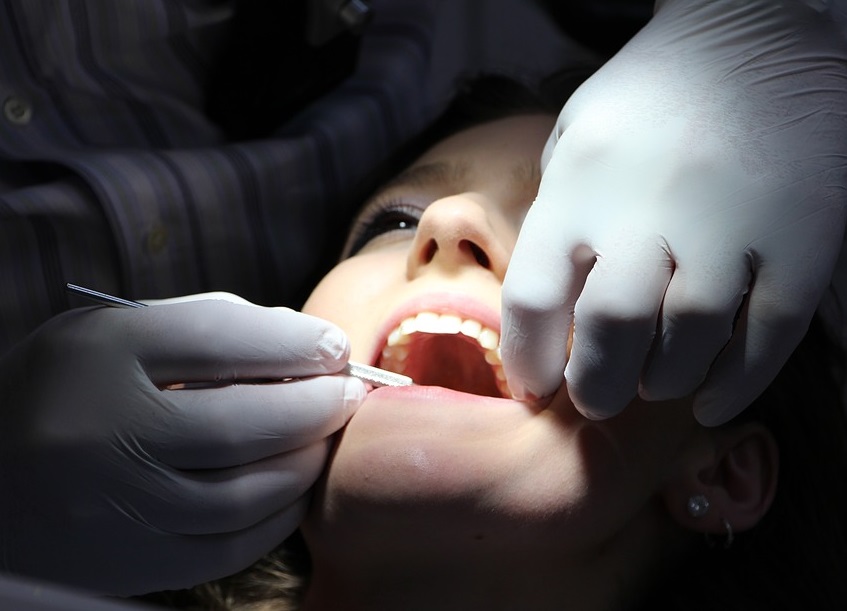 Treatment depends on the extent of damage and condition of the teeth. If cavities are in the beginning stage some fluoride treatments are available which will help restore the teeth. A fluoride toothpaste, gel or liquid is applied directly on the teeth or mouthwash is used for treating cavities.
Treatment depends on the extent of damage and condition of the teeth. If cavities are in the beginning stage some fluoride treatments are available which will help restore the teeth. A fluoride toothpaste, gel or liquid is applied directly on the teeth or mouthwash is used for treating cavities.- If cavities set in deep, the hole is cleaned thoroughly before filling it with various materials. This is called tooth filling or restorative. For this, resins that resemble the colour of the original teeth, porcelain, silver combined with several materials etc., are used.
- If cavities are many and the tooth is weak, the damaged part of enamel is removed and an artificial cap is placed. This is called crown. This is made of gold, porcelain, resin, porcelain and metal compounds, etc. The setting of a 'gold' tooth was a fashion, some time ago.
- If damaged teeth cannot be restored, they are removed and replaced with artificial teeth.
Food that helps the teeth
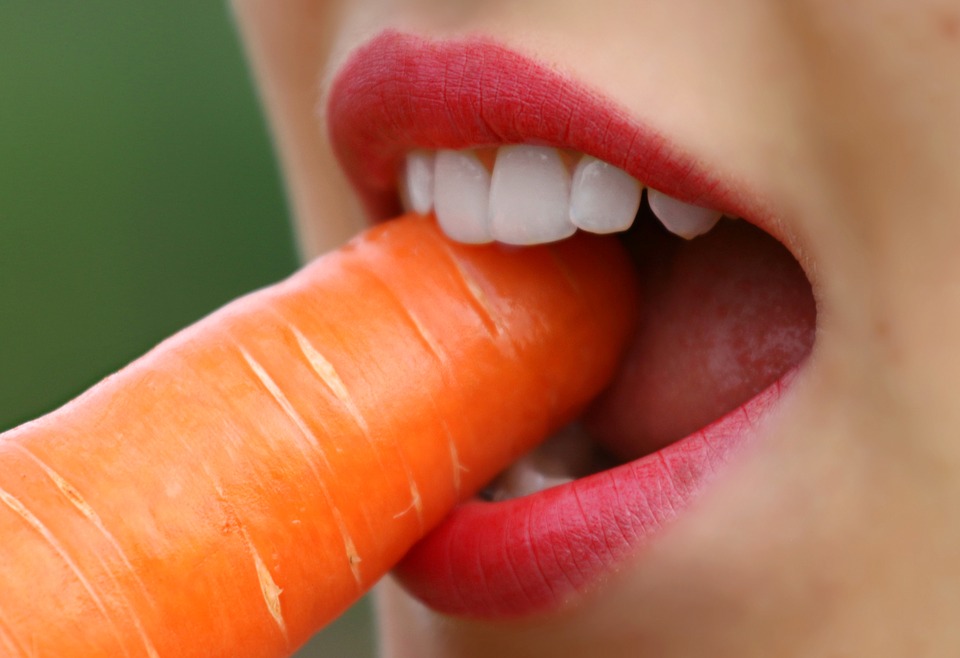 Researchers have recognised that some foods help in keeping the mouth clean, protect the teeth and strengthen them. If these foods are taken, tooth problems can be kept away for a while, they say.
Researchers have recognised that some foods help in keeping the mouth clean, protect the teeth and strengthen them. If these foods are taken, tooth problems can be kept away for a while, they say.Black tea/ Green tea (decoction): Polyphenols, a chemical found in green tea arrests growth of bacteria in the mouth. It also controls bad breath. Researchers say that good results can be achieved by gargling with black tea, twice a day.
Cheese: This eliminates the ill-effects of acids that are produced by plaque, caused between teeth.
Dry grapes: Though sweet to taste, dry grapes do not contain sucrose (ordinarily sugar). Phytochemicals in dry grapes kills bacteria that are caused due to cavities and gum infections, according to researchers.
Carrots, cucumber, chewable fruits and vegetables, remove the plaque formed on the teeth. Carrots especially remove even the bacteria that are thriving between the teeth. This will reduce the growth of bacteria between teeth and gums.
Sugarless bubblegums: Chewing on sugarless bubblegums after a meal, can protect teeth to a certain extent, researchers said. Because of the chewing action, activates saliva, that kills bacteria, they added.
By consuming Cheese with more calcium, almonds, green leaves, meat with more phosphorus, eggs, fish and food with more vitamins, teeth and enamel become strong, researchers said. Chemically processed food, cool drinks, etc., harm the enamel. This can be restored by consuming the above foods, they suggested.
Care tips
- The most important rule to be observed for protecting teeth is cleaning the mouth regularly. But this does not mean only brushing. Gargling the mouth with water, compulsorily, after every meal will prevent teeth problems to a large extent.
- Even if fasting for long hours, gargling should be done with water, frequently, for preventing growth of bacteria. This way bad breath too can be eliminated.
- Brushing twice a day, once after waking and once before going to bed, is also a good habit.
- Too much of sweet and carbohydrates collect between the teeth, causing bacteria to grow. Mouth has to be cleaned immediately when such foods are consumed.
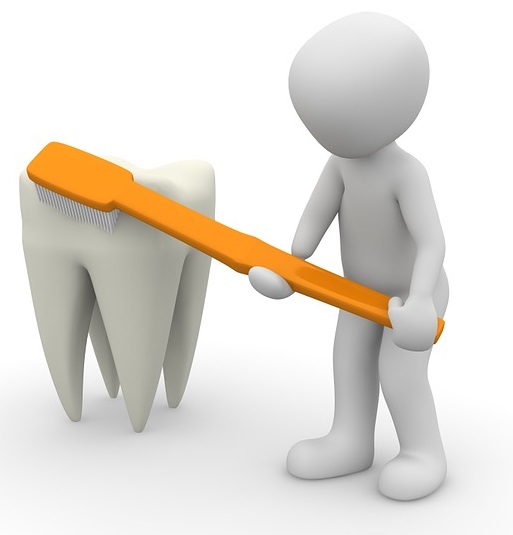 Cool drinks and acidic materials harm the teeth. That is why the intake of such things should be avoided. Straws could be used while taking cool drinks, so that they do not harm the teeth.
Cool drinks and acidic materials harm the teeth. That is why the intake of such things should be avoided. Straws could be used while taking cool drinks, so that they do not harm the teeth.- Adequate fluoride is necessary to keep the enamel hard and intact. Saliva should be formed continuously. Fluoride helps in formation of enamel. Saliva strikes at the bacteria that harms the enamel.
- Cured drinking water has very less fluoride. Such people should use a flouride-rich toothpaste. However, the reactions are adverse if fluoride is used over a long period, in excess. It will harm growth of bones.
- It is not good to use too much of tooth whitening products or mouthwash. These will harm the enamel.
- It is better to consult a dentist often and protect your teeth. If any problems arise, they could be prevented in the first stage itself and proper care can be taken.
















